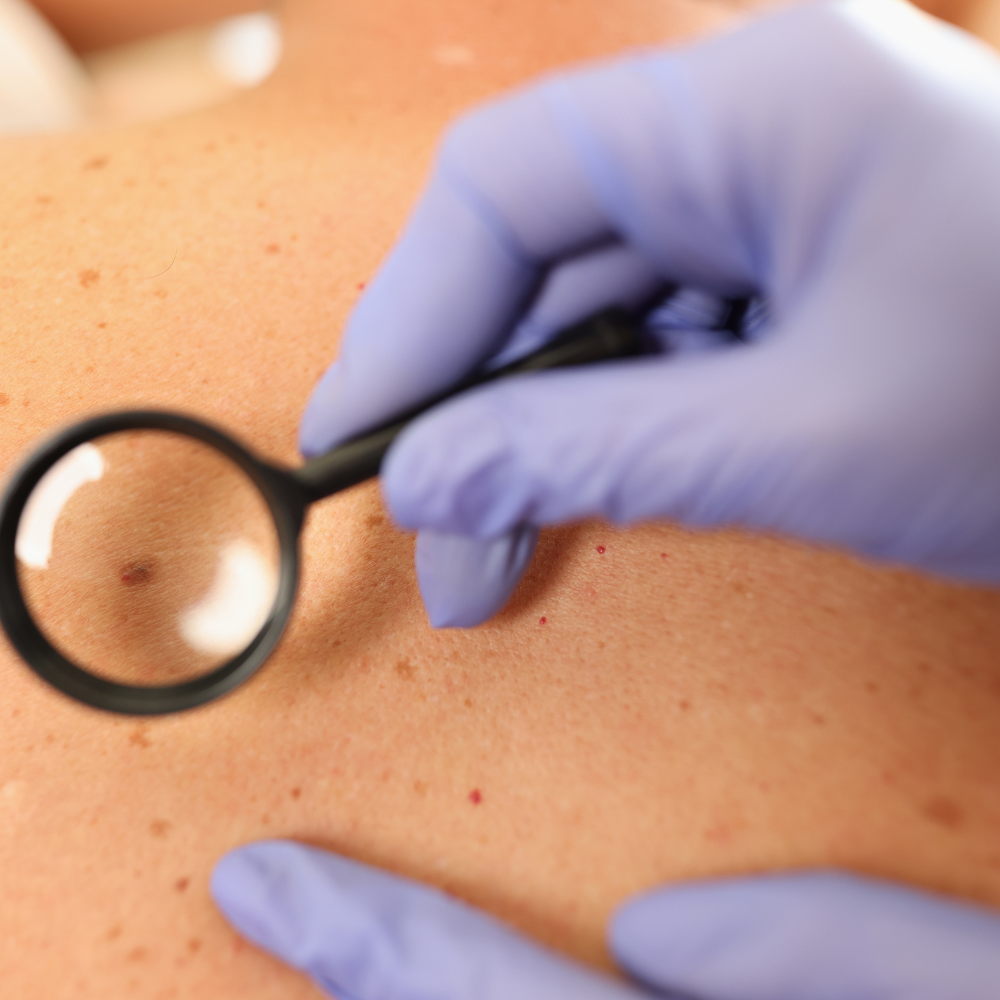
Better protection against viruses and bacteria in perspective
A newly developed spray for coating surfaces is intended to prevent the spread of bacteria and viruses and could also help in the fight against COVID-19.
A new study involving experts from the University of Sydney has investigated whether coating surfaces with a special spray can prevent the spread of bacteria and viruses over a longer period of time. The results were published in the journal Advanced Science.
Contaminated surfaces are one of the main causes of infections
According to researchers, the spread of viral and bacterial pathogens through contact with surfaces is one of the main causes of infections worldwide. Moreover, surface contamination also plays an extremely important role in the development of antibiotic-resistant bacterial strains.
“Without a barrier, viruses like the coronavirus can remain on surfaces and remain infectious for up to a week. Other viruses such as reoviruses, which cause things like colds or diarrhea, can stay on surfaces for several weeks and cause large outbreaks in health care and aged care settings,” said study author Professor Antonio Tricoli of the University of Sydney in a press release. .
“Like a lotus leaf, the surface spray forms a water-repellent layer. As the pathogens like to be in the water, they remain trapped in the droplets and the surface is protected from contamination,” explains the doctor.
“If this mechanism fails, a second ion impact is triggered by carefully designed nanomaterials distributed in the coating,” adds the expert.
The spray works in two different ways. For one, it repels viruses and bacteria through an air-filled barrier. On the other hand, it kills pathogens using microscopic materials when the layer is damaged, the team explains.
Reliable alternative coating to disinfectants
The coating represents a reliable alternative to conventional disinfectants, which must be applied regularly and whose effectiveness decreases over time. It forms a permanent surface layer that has been proven to protect against contamination by pathogens.
Coating safer than disinfectant
Another advantage of the coating is that it is safer than disinfectants. The coating has no harmful side effects and is more stable in its effectiveness than, for example, silver nanoparticles, which are considered an effective non-disinfectant in killing bacteria, the team reports.
Use in public establishments
The new spray could in particular be used on the surfaces of public establishments. For example, ramps or elevator buttons could be sprayed to curb the spread of viruses and bacteria, the researchers say.
What surfaces does the spray work on?
"We identified the mechanical processes underlying the functionality of the spray and quantified its effectiveness in different environments," said study author Professor David Nisbet, director of the University's Graeme Clark Institute. from Melbourne.
For this study, use on metal surfaces was tested. “In the past, however, we have shown that the spray can be applied to any surface, for example blotting paper, plastic, brick, tiles, glass and metal,” reports the expert. .
The coating reduced bacterial growth on surfaces by more than 99% and caused an 11-fold decrease in viral contamination compared to uncoated surfaces.
In addition to protecting against bacteria and viruses, the spray could also significantly advance research into anti-pathogen technologies. The team has already created a start-up to further develop the technology and bring the spray to market within the next three years if possible. (as)
Author and source information
Show nowThis text corresponds to the specifications of the specialized medical literature, medical guidelines and current studies and has been verified by health professionals.
Sources:
Deepu Ashok, Mahdiar Taheri, Puneet Garg, Daryl Webb, Pawan Parajuli, et al. : Protection of surfaces against viruses and bacteria with a multi-scale coating; in: Advanced Science (published 07/03/2022), Advanced ScienceUniversity of Sydney: News_ COVID shield: spray coating to shield surfaces from virus, bacteria (published 07/21/2022), University of SydneyImportant note:
This article contains general advice only and should not be used for self-diagnosis or treatment. It cannot substitute a visit to the doctor.



